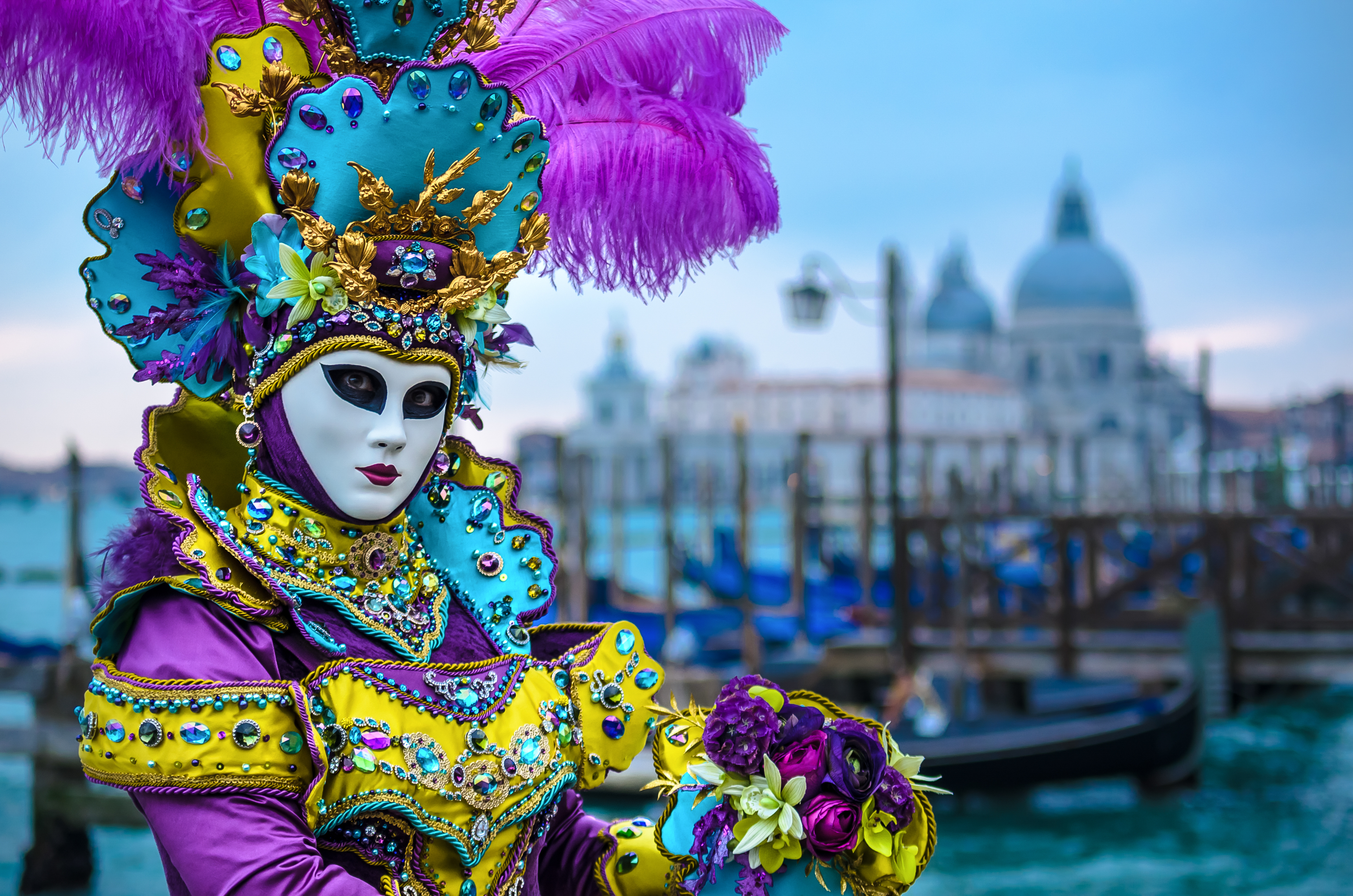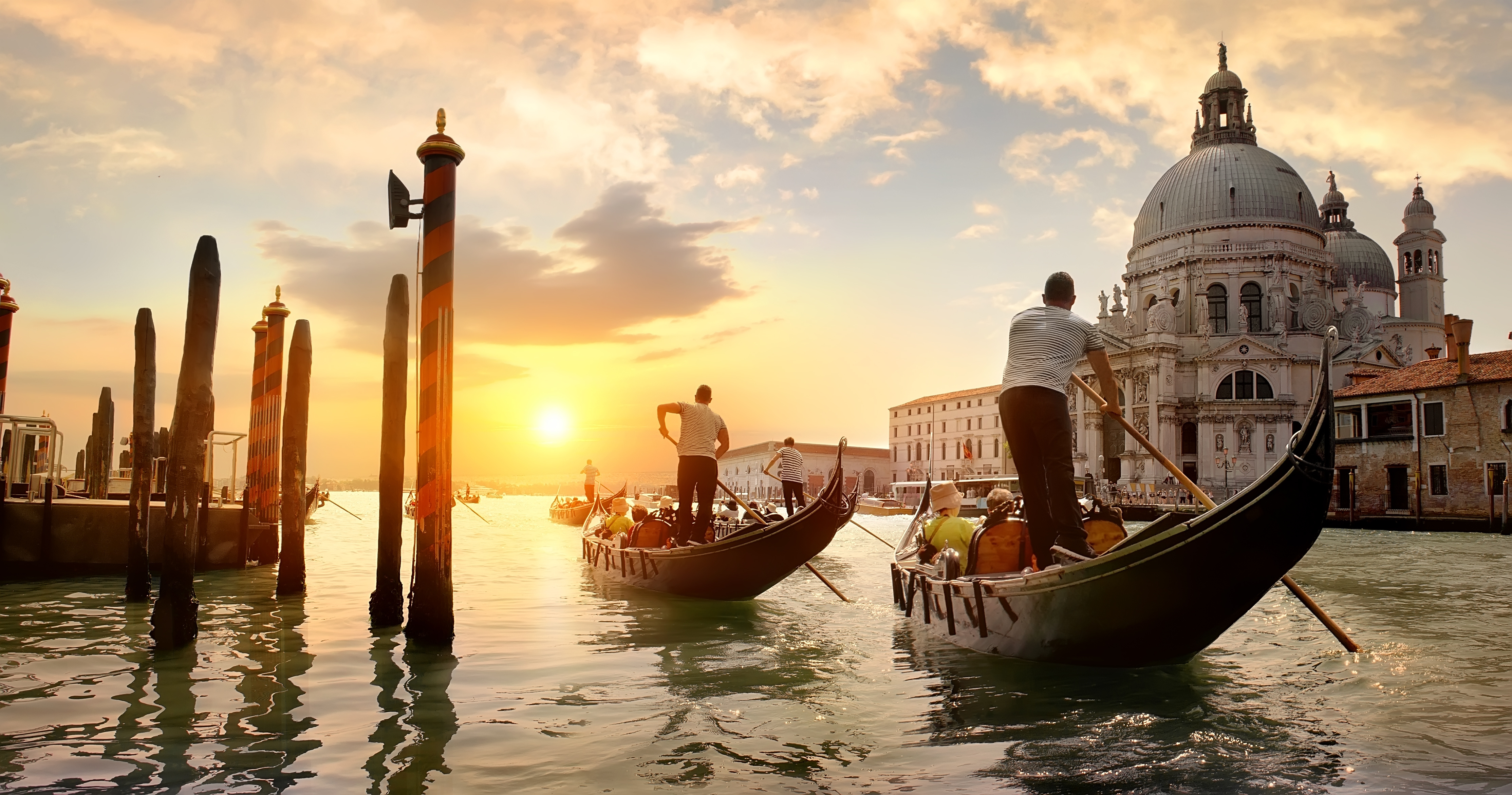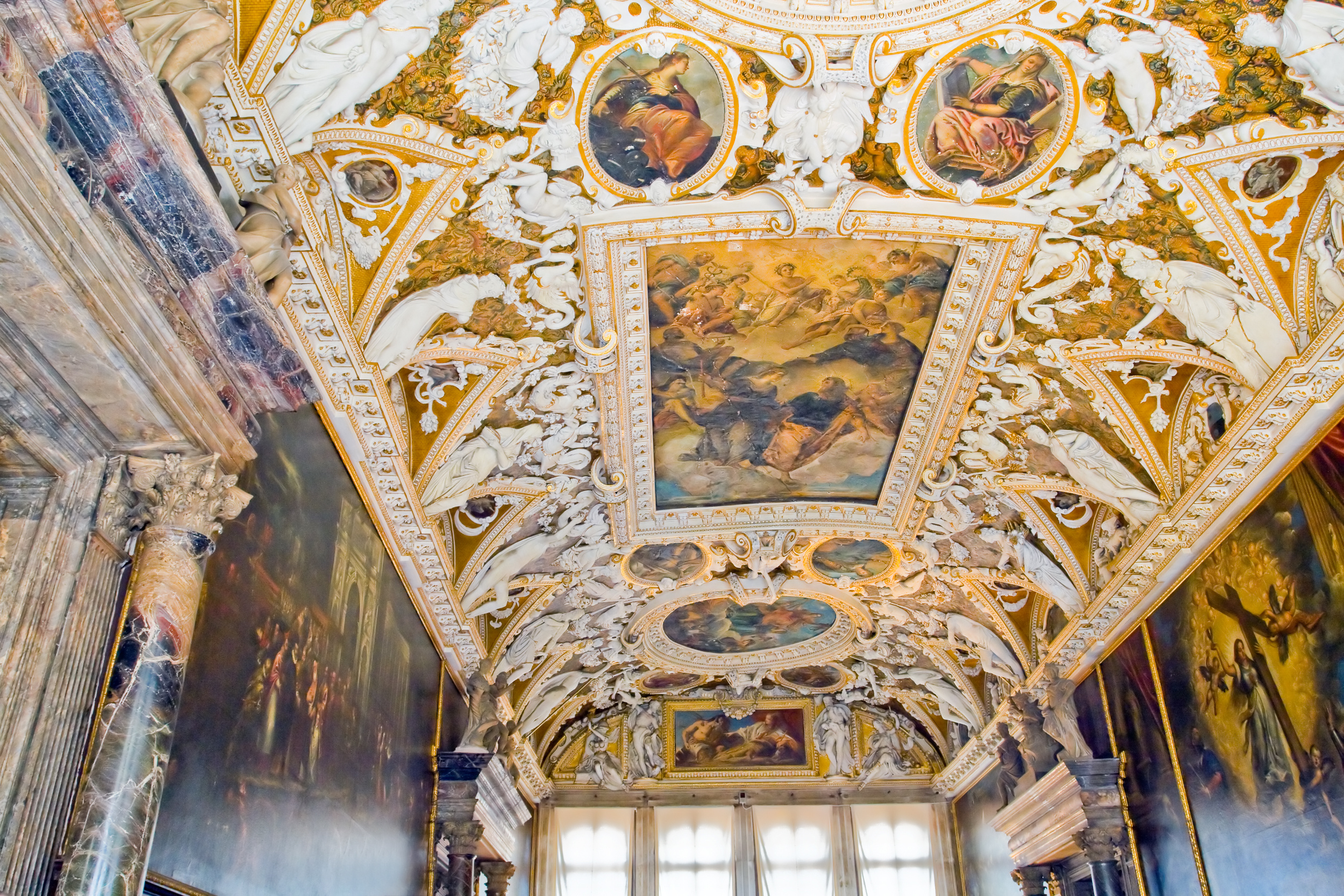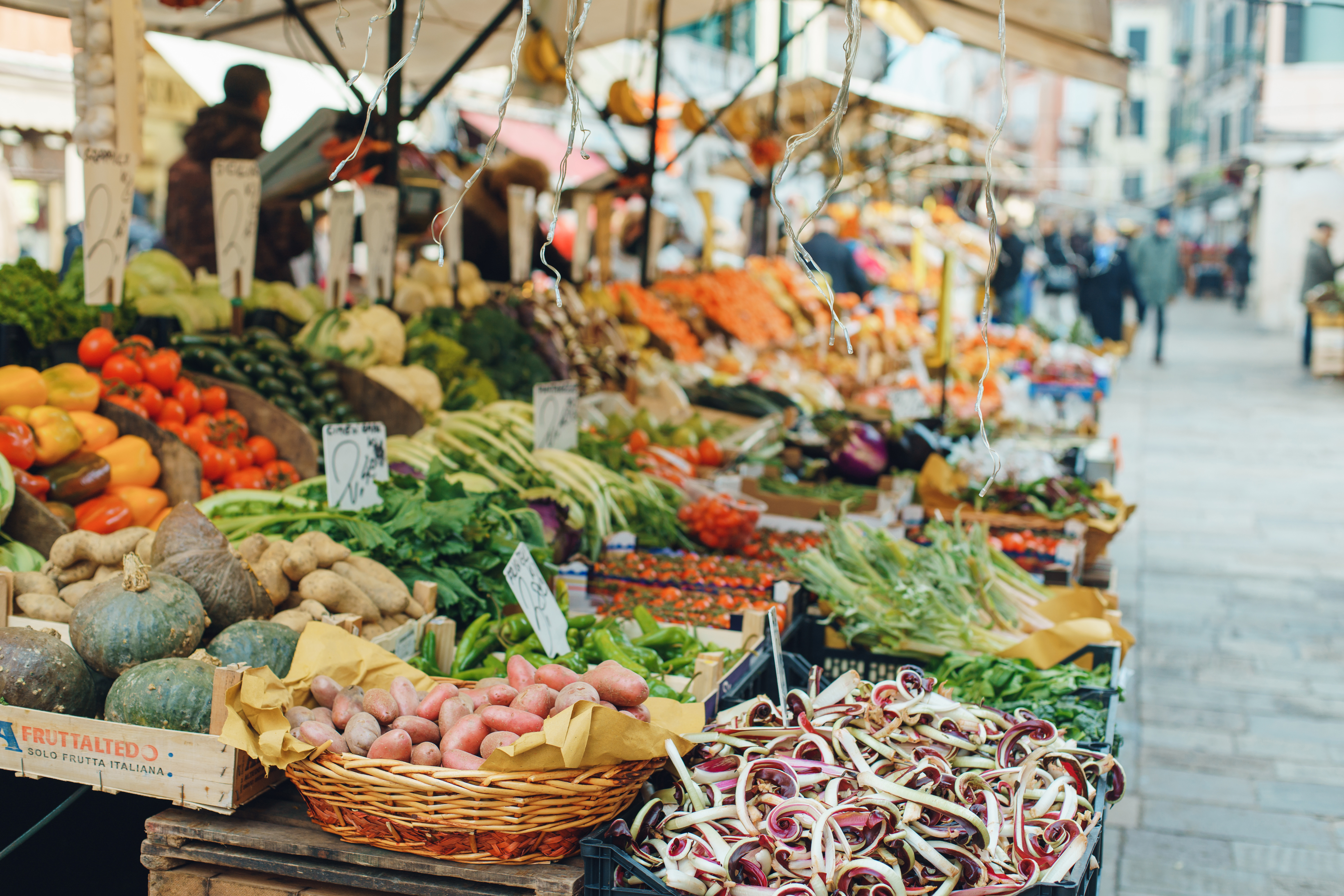Carnivale
The Venice Carnivale carried on for several centuries until it was outlawed in 1797 while Venice was under the rule of Francis II, the Holy Roman Emperor. Venetians’ use of masks to conceal their identities was also banned at the time. Occasionally, during the 19th century, the festival came back for brief periods, but it was always practiced privately, lacking the huge public displays and festivities it’s known for today!
Jumping ahead to 1979… the Italian government decided to help Venice reconnect with its festival heritage in order to rejuvenate the culture and economy of Venice. The city’s tourism industry also saw a marked surge of interest. Needless to say, this was a very good idea from the Italian government and the Venice Carnivale has grown and grown over the years into one of the world’s biggest and most popular celebrations.

Gondolas
Centuries ago, gondolas were the main means of transport in Venice. Now they have become a very popular tourist attraction, and perhaps the most recognizable symbol of Venice.
A gondola is a traditional narrow and long Venetian rowing boat. The boat is steered by one person called a gondolier with the help of one long oar. Although gondolas were the main means of transport in Venice centuries ago, today it carries tourists from one point of the city to the other. During the seventeenth century, the canals were packed with gondolas. Nowadays, there are less than one hundred.
Gondolas are one of the top attractions in Venice and very popular with tourists. One of its perks is that they can take you to parts of the city that are otherwise inaccessible.

Museums
While the romantic canals, enchanting gondolas, and picturesque architecture get all the glory, don't be deceived: Beyond the waterways and facades are some of Venice's best-kept treasures—its museums. From the storied antiquities filling Doge's Palace, to the Peggy Guggenheim Collection's cache of contemporary treasures, to new additions like Museo Della Musica—a recently converted 15th century church showcasing Venice's music history—this list rounds up all of the must-hit museums for a deeper look at this classic city.

Food
Venice is literally built on the water, so not only is seafood widely available, but it’s also of the highest quality. Due to the city’s history of commercial trade, many Venetian seafood dishes are influenced by Middle Eastern cuisine.
Being seafarers, Venetians often ate foods that were easily preserved, like baccalà (dried and salted cod), corn, potatoes, and rice. Listed below are typical foods that every Venetian grew up with—some are a bit adventurous, but that’s why you travel!
